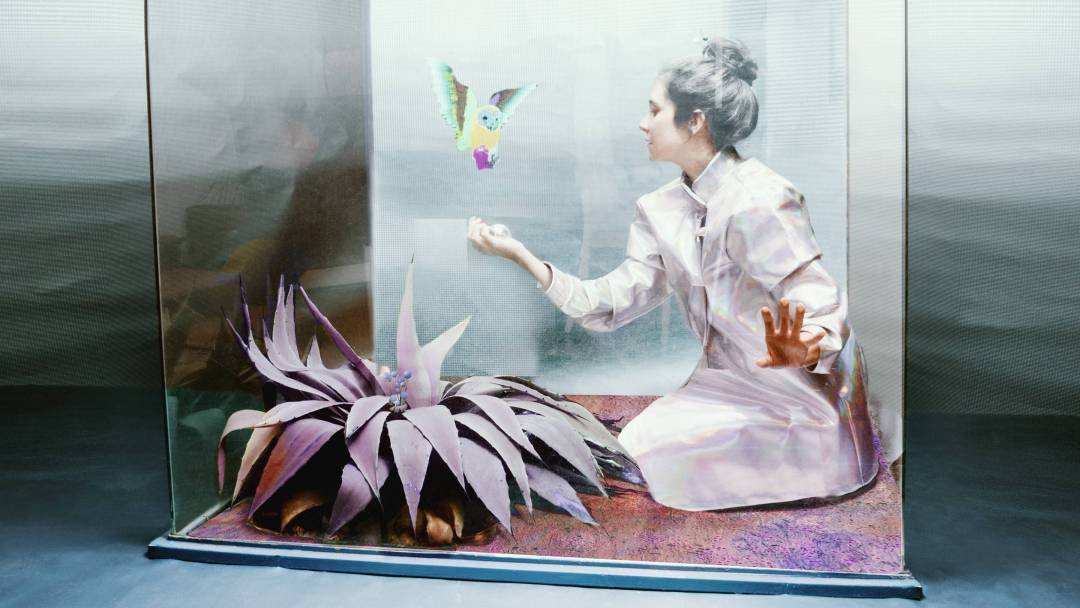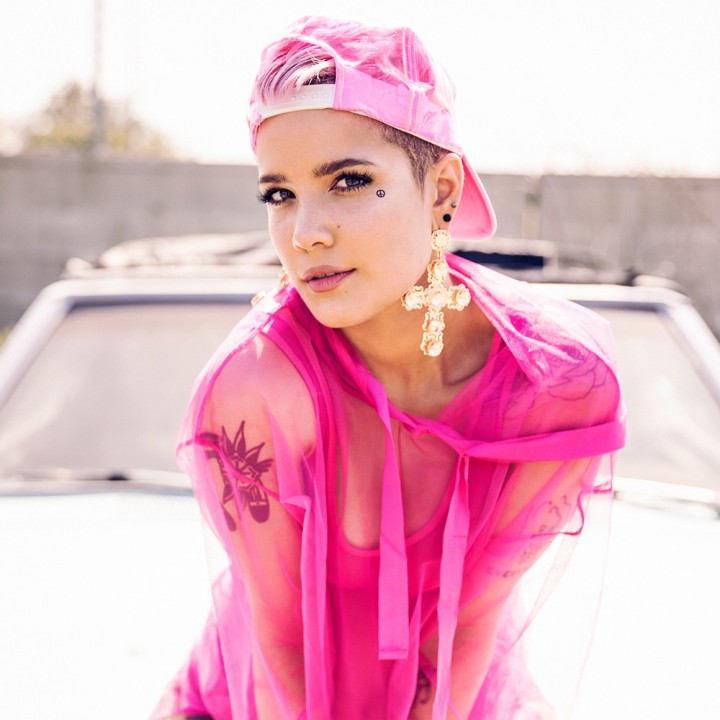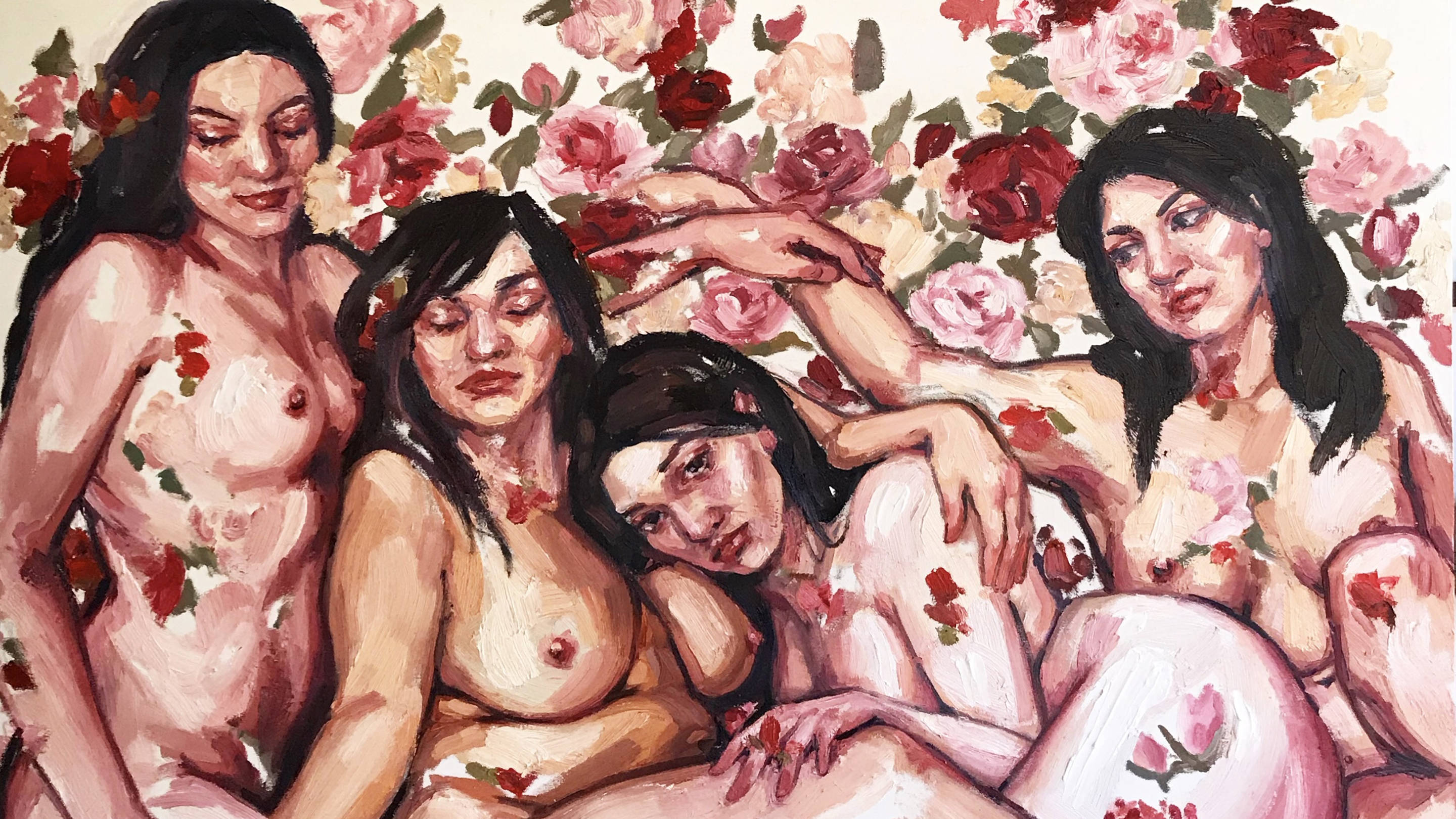
Let Curves Lead
Elly Smallwood discusses the female gaze and her vulnerable creative process
Every brushstroke that Elly Smallwood puts on canvas pains her in a way. The 28-year-old artist, who turns paint into thrilling, evocative portraits of people at their most vulnerable and free, often finds herself physically exhausted once she applies the finishing touches to a piece. “It’s a weird kind of exhaustion,” she admits to Playboy, calling from her studio in Ottawa, surrounded by her cats and prepping for her next commission. “My muscles aren’t sore, but I’m unable to do anything.” She might struggle to place its origin, but it’s the byproduct of an intense passion and dedication that’s singular to artists: losing yourself in process; translating a transient idea into something tangible.
Elly spent much of her childhood exploring the parameters of her own creativity. Raised in Canada barely a stone’s throw from the wilderness, she had the approval of her parents who pushed her to toy with as many mediums as she wanted. “As a kid I was constantly falling in love with something new everyday: painting, calligraphy, weaving, origami, sewing, sculpting,” she recalls. “I was always addicted to that rush of creating something."
A lot of the time, it would manifest in the woodland behind her house. “I would burn sticks and use that as charcoal, drawing on driftwood,” she adds. “I’d find grasses and weave them together to create little pieces of art. I’d find rocks to make sculptures, and to paint on to. It felt like I was always in the woods looking for things to make.”
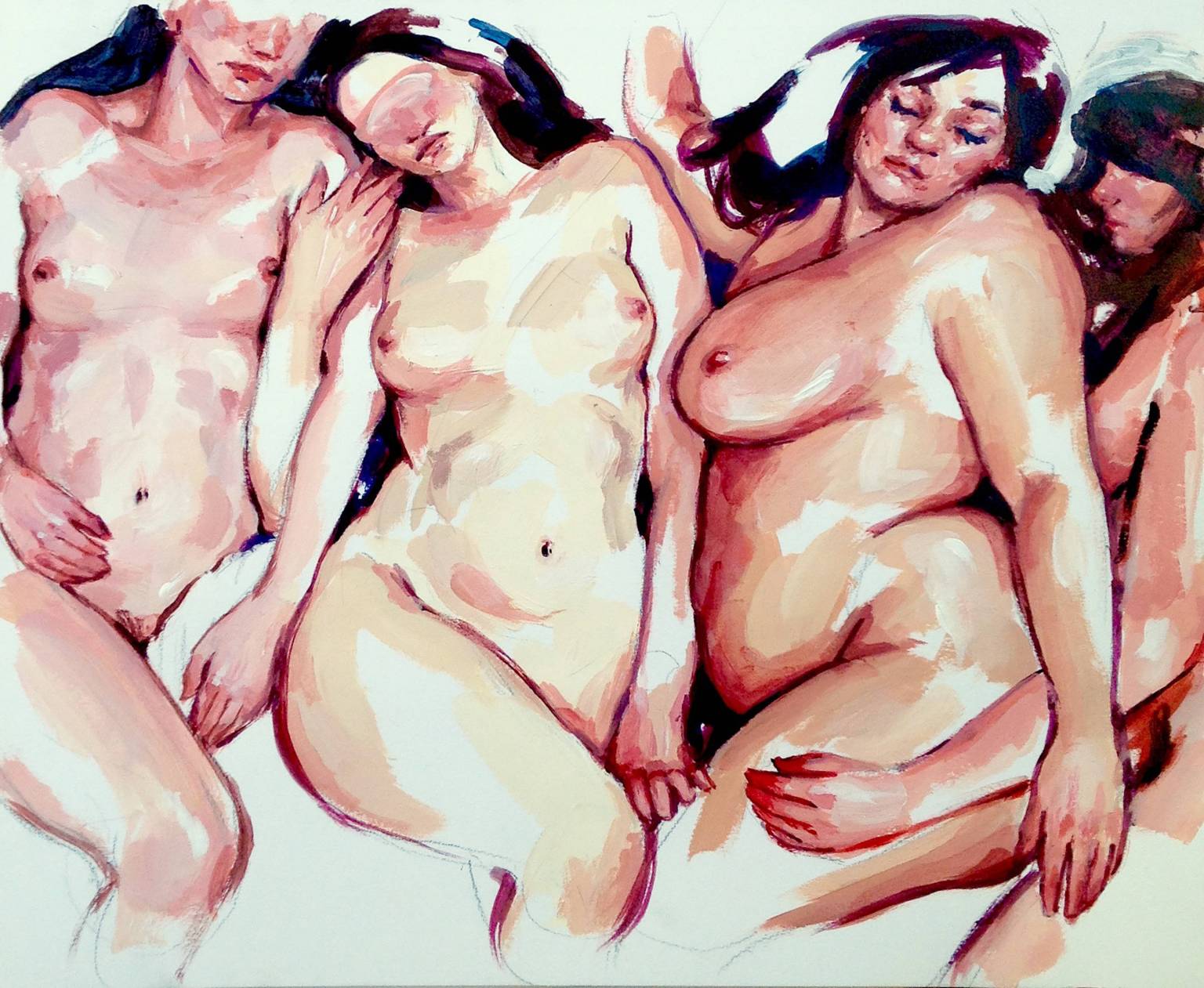
It’s a simple sentence that captures a pivotal subject in art history so eloquently. “And yet still, it somehow remains a subject that provokes strong and visceral reactions from people. That’s something I’m always aware of, because it’s impossible not to be.” But that aforementioned lens—one that reverses fetishization—isn’t necessarily something Smallwood is striving for with her figurative work. Instead, it’s something more simple. “At the end of the day, I paint what I find beautiful, fascinating and exciting. That has to be my driving force.”
But she’s also an artist who makes her living from her work, and the vast majority of it is sold in traditional art space. In 2018, that’s important to her: a tangible setting in which people can consume her work, but you wouldn’t be surprised if she chose to forgo it all together. At the time of writing, Smallwood has garnered nearly 440,000 Instagram followers who engage with her work on a purely aesthetic level, succumbing to a wider image, shaken relatively easy, rather than dwelling on the texture of her brushstrokes.
The female form has been a battlefield in art history. Male painters painted it for their own pleasure; female painters painted it to reclaim it and give it agency.
“Without a doubt, sexuality provokes the strongest reaction in people. Especially when it’s something that people construe as ‘vulgar’,” Smallwood stresses. Other situations she’s translated onto canvas and paper include a visceral sketch of two faceless, fleshy pink men having sex; bodies adorned in roses. Some of her most famous pieces involve women in various positions, masturbating. “For some reason, something like women masturbating in porn is completely accepted and unremarkable, but in art it provokes incredibly strong reactions in people”
Incensing the public is something that will always come with the creation of semi-provocative artwork, but the veracity of the insults Smallwood gets are brushed off in a quick sentence—not twisted or dwelled upon to summon any kind of sympathy. “Everything from people telling me to burn in hell, or threats of physical violence,” she murmurs fleetingly. “For some reason, there’s this idea that certain things are supposed to be depicted in art. Even if they’re common in TV shows and movies and various aspects of our culture, [traditional] art is seen as being above that. It’s like you’re sullying the noble profession to make paintings about things that people don’t consider appropriate.”

Instead, it’s supplemental – not a replacement for those viewing it in person. “If anything, it gives people the opportunity to find new artists and shows that they wouldn’t have otherwise,” she adds “I hope that it never becomes a complete replacement for galleries.”
Nowadays, we often see the profession of painting as something archaic; a romanticized job that can only be commodified by those who have the inherited financial backing to survive when they first start out. But Elly Smallwood is one of a few who doesn’t think that’s strictly true. Social media might not be eradicating the traditional art space, but the mere existence of the internet does mean that “there’s so much information available, and so many ways to monetize it”.

More Like This
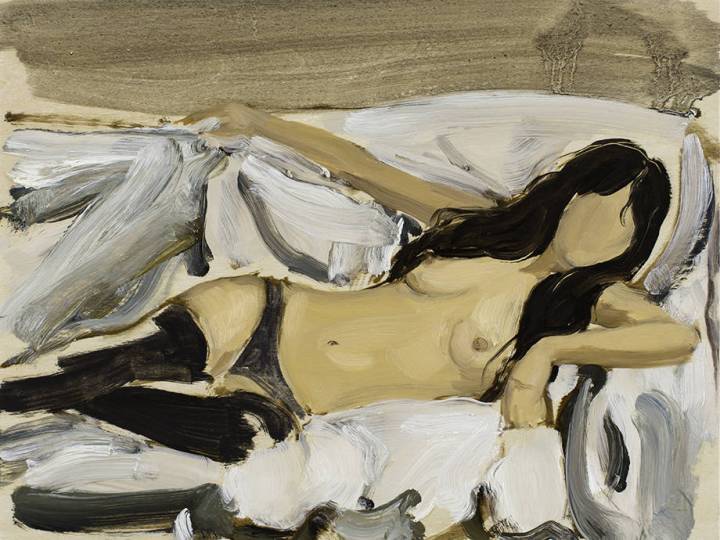
Artist Gideon Rubin: Inspirations from Vulnerability, Intimacy and Atrocity
Gideon Rubin's work reveals humanity's deepest fears
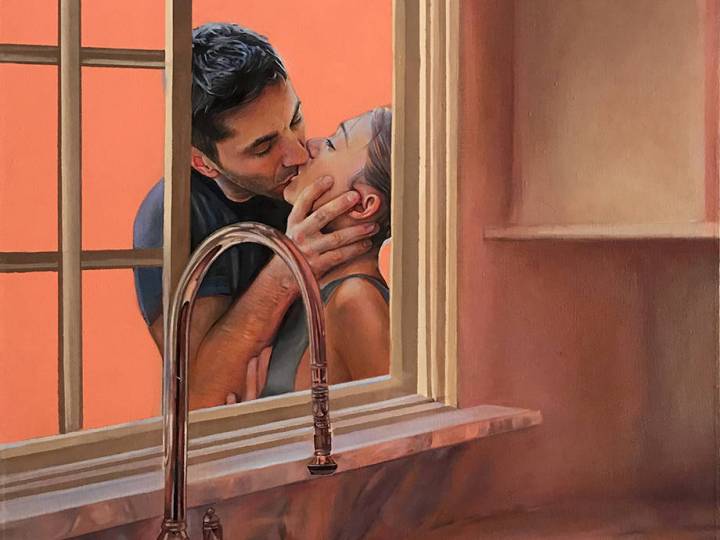
Artist Lily Morris Paints the Voyeur's View
Her art provides the gaze many have to look through a window or peer over a fence to see

On Tantalizing the Senses, According to Artist Gabriel Wickbold
The Brazilian artist separates himself from the traditional photographer

Artist Spencer Tunick Is Fighting For the Right to Get Naked
Legendary artist Spencer Tunick discusses #ReturnoftheNude ahead of its Melbourne debut
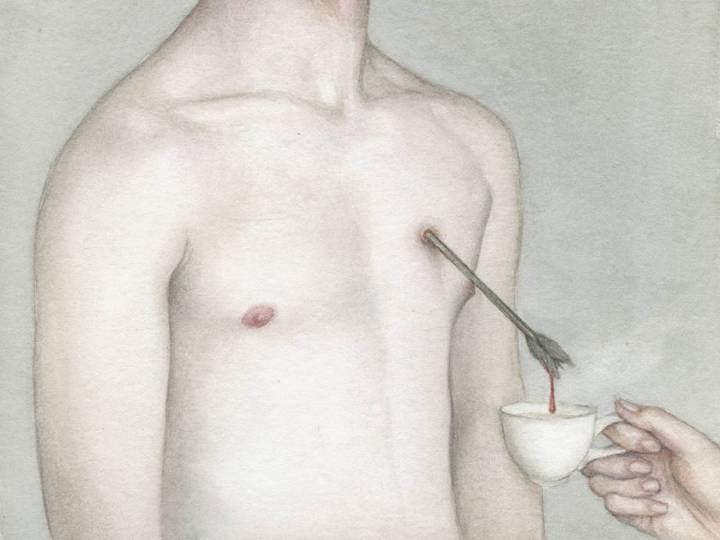
Fall Into the Strange, Sensuous World of Artist Nicolas Tolmachev
Ukraine-born Tolmachev paints thought-provoking, sex-laced work with a soft palette

Finding Fucci: Get a Glimpse of the Mysterious Artist and his Erotic Art
Playboy talks to Fucci, best known for his signature sexual comics
There, as the physical and emotional states of exhaustion intersect, is where Elly Smallwood finds the reason to keep painting things that make people feel uncomfortable. “Those strange lines that people draw about what is and isn’t art are still fascinating to me, and I love finding that kind of line,” she says. Some might argue her ability to toe it is what makes her work so noteworthy: traditional in subject, but scrutinized, recontextualized and considered. In the eye of an archetypal, wealthy, male art buyer, “a nude female body is fine—but only if it’s slim, white and sexually appealing. Not in possession of its own sexuality.”
It’s that exposing of vulnerability; of throwing open the doors of what’s considered conventionally beautiful and grounding in it a sense of sobering reality that she finds most fascinating. Smallwood signs off, her words laced with a sense of curiosity: “[I just love] glimpsing into something we don’t share with the world.”

